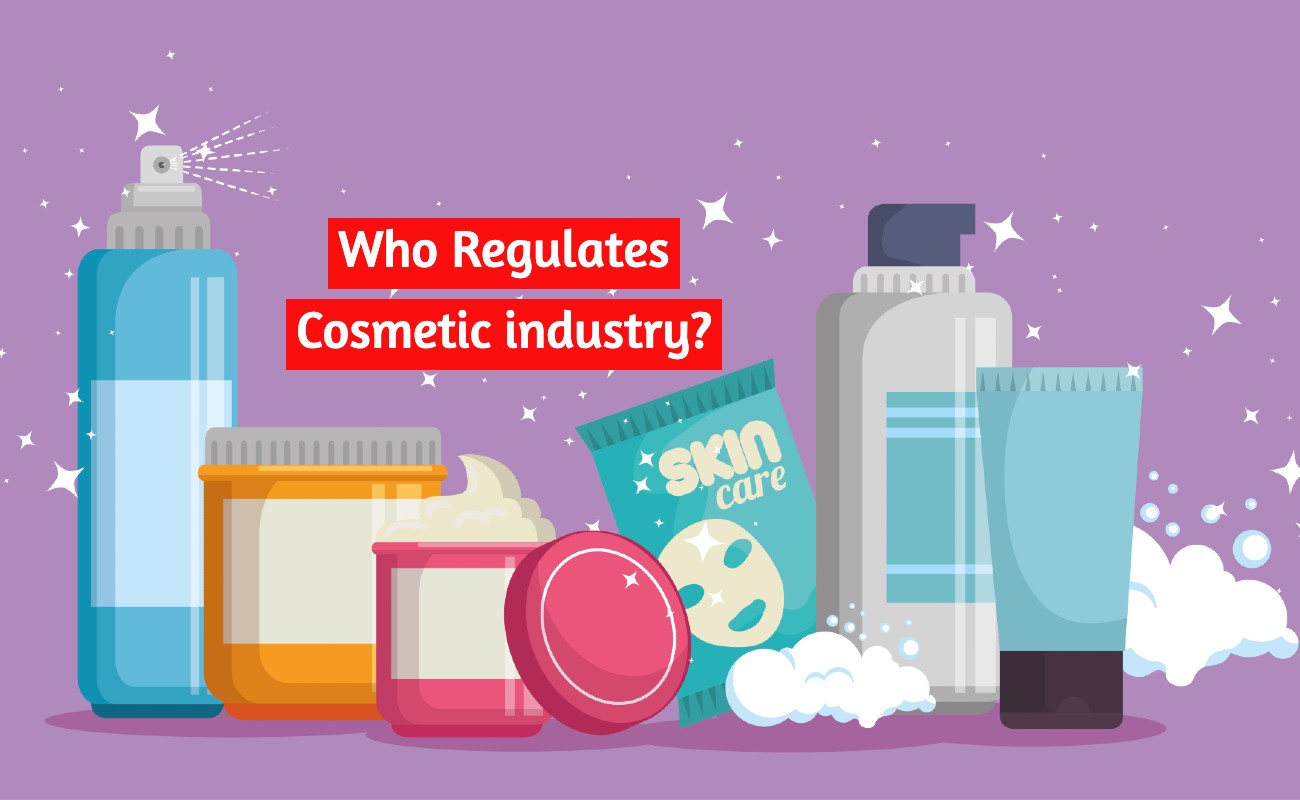Uncovering the Global Players: Understanding the Regulatory Bodies that Govern Cosmetics Worldwide
Cosmetics have become an integral part of our daily lives, and the global cosmetic industry is worth billions of dollars. As the use of cosmetics has increased, so has the need for regulations to ensure their safety and efficacy. However, regulating cosmetics globally can be a complex process due to varying laws and regulations in different countries. In this article, we will explore who regulates cosmetics globally.
International Regulatory Bodies
There are several international regulatory bodies that oversee the safety and quality of cosmetics worldwide. These include:
The International Organization for Standardization (ISO)
The ISO is an independent, non-governmental organization that develops and publishes international standards for products, services, and systems. ISO has developed several standards for cosmetics, including ISO 22716, which outlines the requirements for good manufacturing practices (GMP) for cosmetic products.
The International Cooperation on Cosmetics Regulation (ICCR)
The ICCR is a voluntary group of regulatory authorities from different countries, including the United States, the European Union, Canada, and Japan. The ICCR aims to harmonize cosmetic regulations across the world by developing common guidelines and sharing information.
The International Fragrance Association (IFRA)
The IFRA is a trade association that represents the fragrance industry worldwide. It develops and maintains a code of practice for the safe use of fragrances in cosmetics and other consumer products.
The World Health Organization (WHO)
The WHO is a specialized agency of the United Nations that is responsible for public health. The WHO provides guidance on the safety and quality of cosmetics, including the use of color additives, preservatives, and other ingredients.
National Regulatory Bodies
The regulatory bodies responsible for cosmetics regulation vary from country to country. In the United States, the Food and Drug Administration (FDA) is responsible for regulating cosmetics. The FDA ensures that cosmetic products are safe for consumers by regulating their labeling, safety, and ingredients. The FDA also monitors the market for any unsafe cosmetic products and takes appropriate action against violators.
Similarly, the European Union (EU) has a centralized regulatory body known as the European Commission, which regulates cosmetics through the European Cosmetic Regulation. The regulation ensures that cosmetic products meet safety requirements, and manufacturers must provide information on their ingredients and the safety assessment of the product.
In Canada, the regulatory body responsible for cosmetic products is Health Canada. Health Canada ensures that cosmetic products are safe by regulating their ingredients, labeling, and packaging. The regulatory body also monitors the market for any unsafe products and takes appropriate action against violators.
In Japan, the Ministry of Health, Labour and Welfare (MHLW) is responsible for regulating cosmetics. The MHLW ensures that cosmetic products are safe and meet the labeling requirements. The regulatory body also monitors the market for any unsafe products and takes appropriate action against violators.
In China, the regulatory body responsible for cosmetics regulation is the China Food and Drug Administration (CFDA). The CFDA ensures that cosmetic products are safe by regulating their ingredients, labeling, and packaging. The regulatory body also monitors the market for any unsafe products and takes appropriate action against violators.
In Australia, the regulatory body responsible for cosmetics is the Therapeutic Goods Administration (TGA). The TGA ensures that cosmetic products are safe by regulating their ingredients, labeling, and packaging. The regulatory body also monitors the market for any unsafe products and takes appropriate action against violators.
In conclusion, the regulation of cosmetics is crucial to ensure that consumers use safe and effective products. The regulatory bodies responsible for cosmetics regulation vary from country to country, but they all have a common goal of ensuring that cosmetic products are safe and meet the labeling, safety, and ingredient requirements. Consumers should always ensure that they use cosmetic products that have been approved by the relevant regulatory bodies to avoid any health risks.

